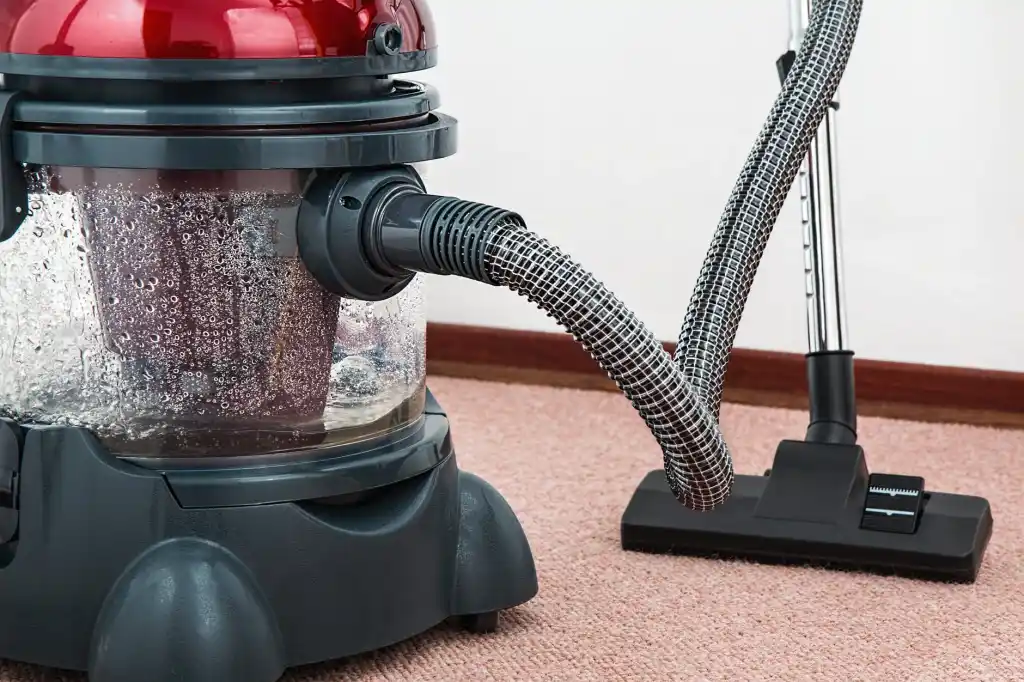What is considered fair wear and tear?
It’s important to understand what is considered fair wear and tear in rental properties and the lifespan of products when determining what should be claimed against the rental deposit.
The size of the property, the number of occupants, the quality of the property and contents should be considered when thinking about fair wear and tear in a rental property. If the adjudicators get involved and you can’t prove the age, cost and quality of the item, the evidence presented is not complete. The adjudicator will likely to base their calculations on a medium quality replacement item.
Carpets and floor coverings
A low quality carpet has life expectancy of 2-4 years, medium quality is 5-8 years and top quality you could expect 8-15 years.
Laminate/Vinyl you could expect to last around 5-10 years.
Hardwood flooring should last anywhere from 15 to 50 years
Be mindful some areas will wear quicker than others such as stairs, hallways and landings. Also, a bedroom graded carpet will not last long in heavy traffic area.
Decoration
The average lifespan for decoration would be around 3-5 years.
Walls and internal painted surfaces will likely suffer from more stress in higher footfall areas, At the end of a tenancy, rental properties may be a greater need for redecoration, and an adjudicator may consider a simple contribution of redecoration from the tenant be adequate.
Household Appliances
A low quality washing machine may only last 2-5 years, a medium quality 6-8 years and high quality 9-12 years.
Dishwashers fair slightly better and may last up to 5 years, medium up to 10 years and high up to 15 years.
Ovens/Cookers/Hobs should last 9-15 years
Blinds – low quality up to 3 years, Medium up to 8 years and high quality up to 15 years.
So what do adjudicators take into account when making a decision?
There are many common factors they take into account but their decision is final.
Length of Tenancy – longer tenancies will expect higher natural wear. Adjudicators will take into account the items conditions at the beginning of the tenancy.
The number and age of occupants – you would expect higher wear with more occupants in common parts ie passages, sitting room, bathroom, kitchen. Letting to a family with children should also be taken into account as scuffs and scrapes are part of everyday life.
Quality & Condition is where consider the items original quality at the beginning of the tenancy and the cost to provide. Buying cheap furniture then complaining it fell apart at the use of the tenant may mean its unreasonable to claim replacement after 6 months. Adjudicators may request copies of receipts as evidence.New build properties are not as robust as older properties. Walls and internal painted surfaces tend to be thinner and likely to suffer more stress, particularly in high footfall areas. This may mean a greater need for redecoration at the end of the tenancy. In this situation, a bit more than a simple contribution to cost of redecoration from the tenant may not be so unreasonable.
What is classed as damage?
Damage is where maybe something is broken and needs replaced or repaired and not due to normal wear and tear ie spilling nail varnish on a carpet or iron burns due to negligence. This could and should mean the tenant is liable for repair. Consideration will also be taken into account regarding the items natural use and costs proportioned accordingly.
End of Tenancy reports
When considering whether cleaning/repair is necessary, the check-in/out reports will be reviewed along with statements of condition. Photographs or videos help to compare the condition of the property at the start and at the end of the tenancy.
Damage deposits should be used to cover any damages, although often the tenant will not be expected to bear the full cost of replacement, as apportion costs according to age and useful lifespan of item.
What are apportion costs?
An example is a replacement carpet costing £500 and is 2 years old with an average lifespan of 5 years. So the lifespan minus age is 3 years. Cost of depreciation of value rate is calculated at £100 per year so a reasonable apportionment cost to tenant would be calculated at £300
When looking online for advice, there are many aggrieved Landlord’s when it comes to rental properties damage deposit. The original deposits (average 5 weeks rent) for a standard property is rarely enough when the property hasn’t been looked after in a ‘tenant like-manner’, or a Landlord does not have the necessary receipts and inventory, check-in and check-out reports so proof can’t be given on the state of the property.
How can I minimise problems?
We advise, if you are a Landlord and missing an inventory or check-in report, to obtain a mid-term inspection and ask the Tenant to sign it as proof of the property being in that condition at that time. If you need help with reports, or just have a question, contact us today.
